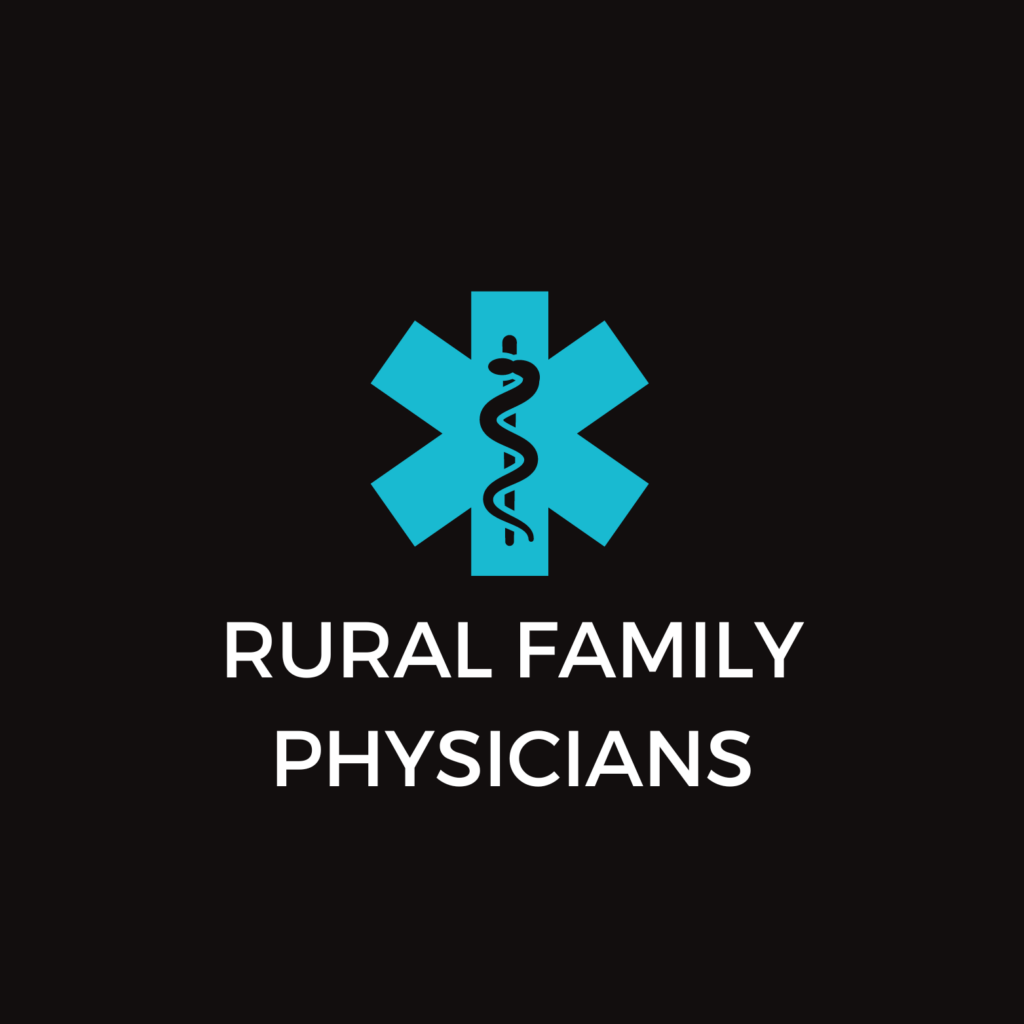Data have been collected and methods have been developed to estimate the impact of H1N1 prevalence and trends nationally. However, there has been little study of this pandemic for rural communities, where fewer resources for vaccination and care may exist. Caring for rural people impacted by H1N1 influenza in outpatient and hospital settings can further tax already burdened rural health care organizations. Rural needs relative to prevention of H1N1 disease (and in particular vaccination distribution) may not be considered during decision making at the state level. The results of this study can be used to guide policy recommendations for prevention in rural populations during future pandemics. The full article can be found here.
The Rural H1N1 Experience: Lessons Learned for Future Pandemics
0 Comments



